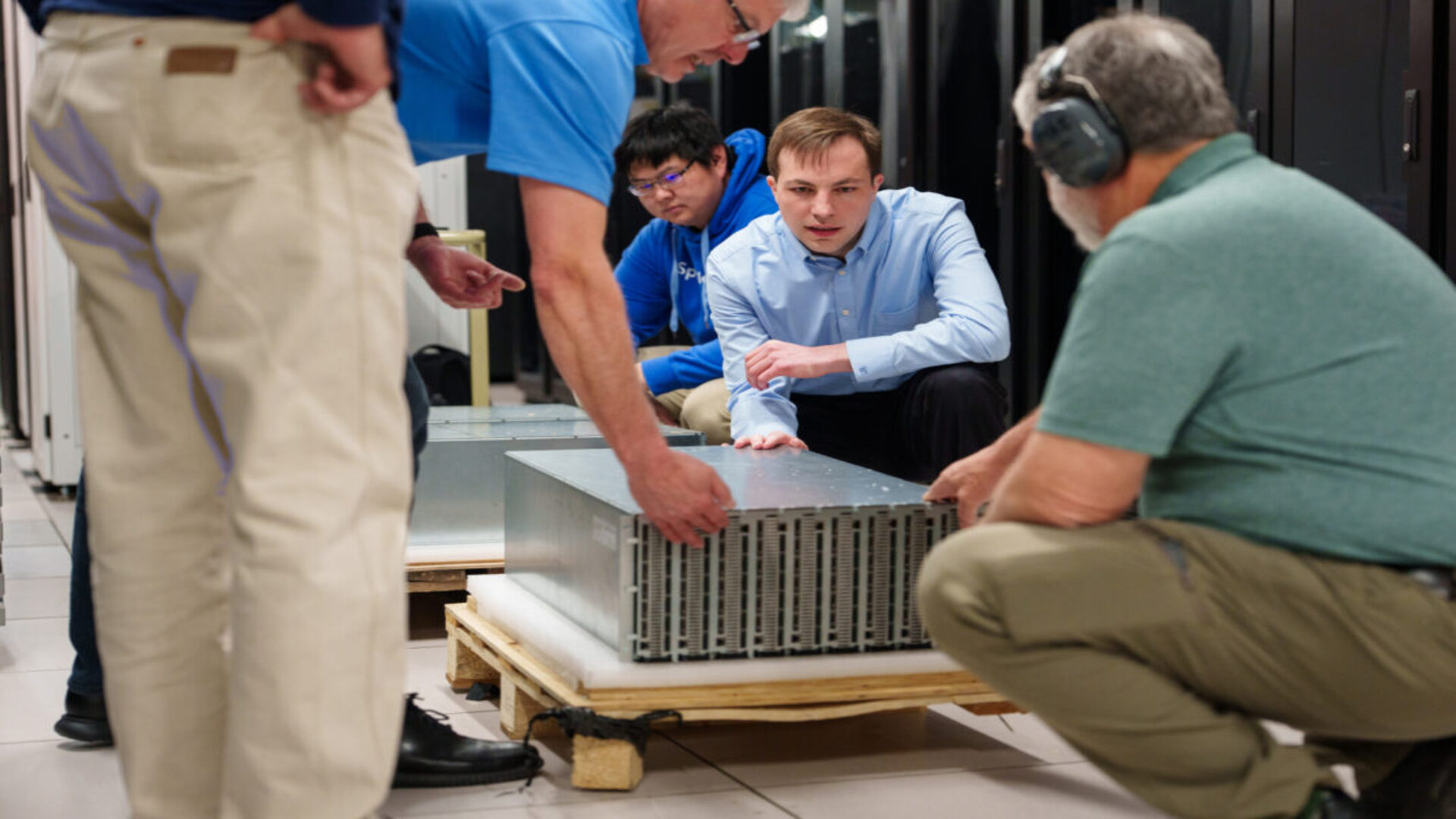A system inspired by the human brain has quietly been activated at a US nuclear lab, and it has no operating system or storage
SpiNNaker 2 uses neuromorphic design to handle complex computations

- SpiNNaker 2 supercomputer operates without disks or an operating system for unmatched speed
- Sandia’s system uses 152 cores per chip to mimic the parallelism of the human brain
- With 138,240 terabytes of DRAM, the SpiNNaker 2 relies entirely on memory speed
A new computing system modeled after the architecture of the human brain has been activated at Sandia National Laboratories in the US state of New Mexico.
Developed by Germany-based SpiNNcloud, the SpiNNaker 2 stands out not only for its neuromorphic design, but also for its radical absence of an operating system or internal storage.
Backed by the National Nuclear Security Administration’s Advanced Simulation and Computing program, the system marks a noteworthy development in the effort to use brain-inspired machines for national security applications.
SpiNNaker 2 differs from conventional supercomputers
Unlike conventional supercomputers that rely on GPUs and centralized disk storage, the SpiNNaker 2 architecture is designed to function more like the human brain, using event-driven computation and parallel processing.
Each SpiNNaker 2 chip carries 152 cores and specialized accelerators, with 48 chips per server board. One fully configured system contains up to 1,440 boards, 69,120 chips, and 138,240 terabytes of DRAM.
These figures point to a system that is not just large but built for a very different kind of performance, one that hinges on speed in DRAM rather than traditional disk-based I/O.
In this design, the system’s speed is attributed to data being retained entirely in SRAM and DRAM, a feature SpiNNcloud insists is crucial, stating, “the supercomputer is hooked into existing HPC systems and does not contain any OS or disks. The speed is generated by keeping data in the SRAM and DRAM.”
Sign up to the TechRadar Pro newsletter to get all the top news, opinion, features and guidance your business needs to succeed!
SpiNNcloud further claims that standard parallel Ethernet ports are “sufficient for loading/saving the data,” suggesting minimal need for the elaborate storage frameworks typically found in high-performance computing.
Still, the real implications remain speculative. The SpiNNaker 2 system simulates between 150 and 180 million neurons, impressive, yet modest compared to the human brain’s estimated 100 billion neurons.
The original SpiNNaker concept was developed by Steve Furber, a key figure in Arm’s history, and this latest iteration appears to be a commercial culmination of that idea.
Yet, the true performance and utility of the system in real-world, high-stakes applications remain to be demonstrated.
“The SpiNNaker 2’s efficiency gains make it particularly well-suited for the demanding computational needs of national security applications,” said Hector A. Gonzalez, co-founder and CEO of SpiNNcloud, emphasizing its potential use in “next-generation defense and beyond.”
Despite such statements, whether neuromorphic systems like SpiNNaker 2 can deliver on their promises outside specialized contexts remains an open question.
For now, Sandia’s activation of the system marks a quiet but potentially important step in the evolving intersection of neuroscience and supercomputing.
Via Blocks & Files
You might also like

Efosa has been writing about technology for over 7 years, initially driven by curiosity but now fueled by a strong passion for the field. He holds both a Master's and a PhD in sciences, which provided him with a solid foundation in analytical thinking.
You must confirm your public display name before commenting
Please logout and then login again, you will then be prompted to enter your display name.